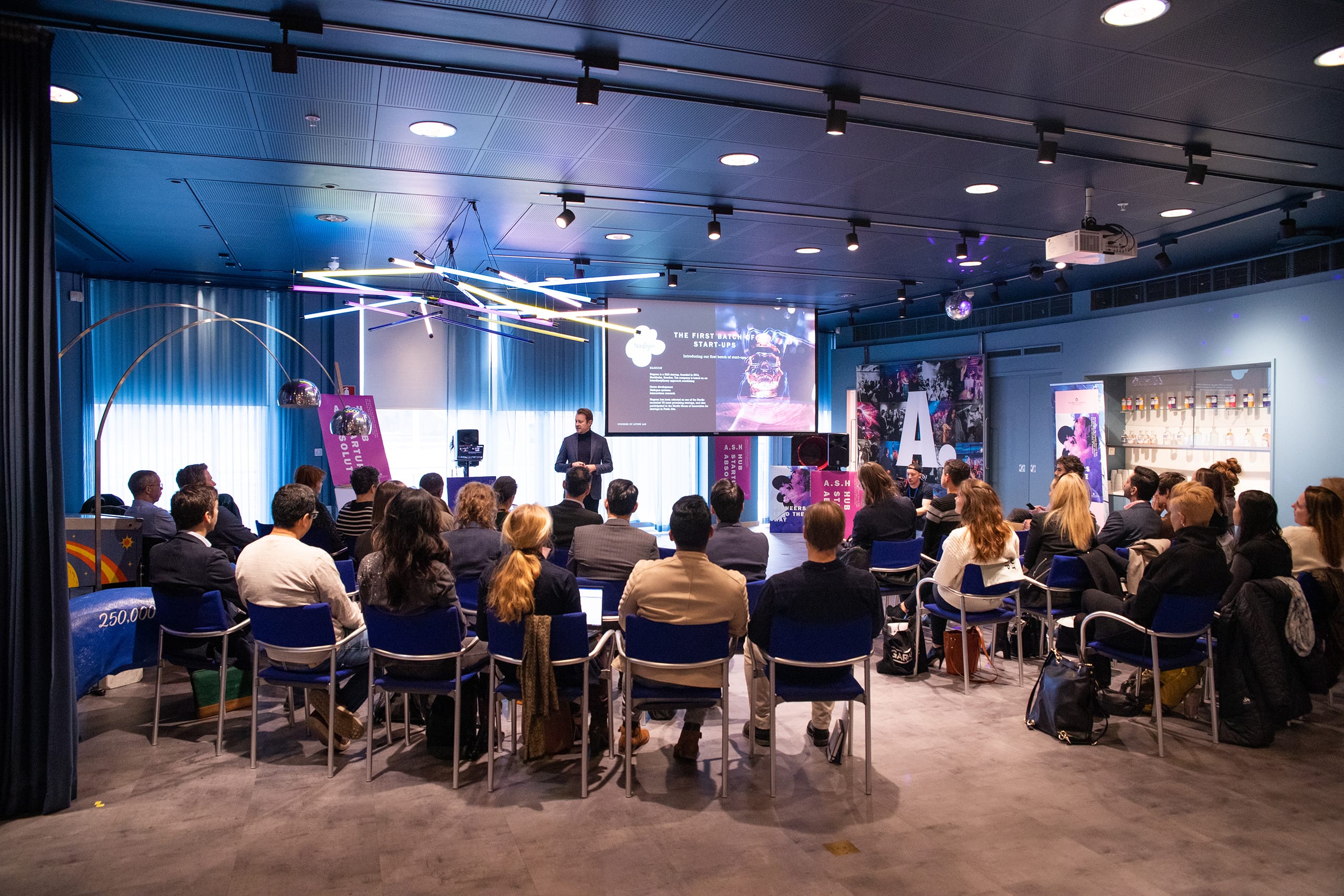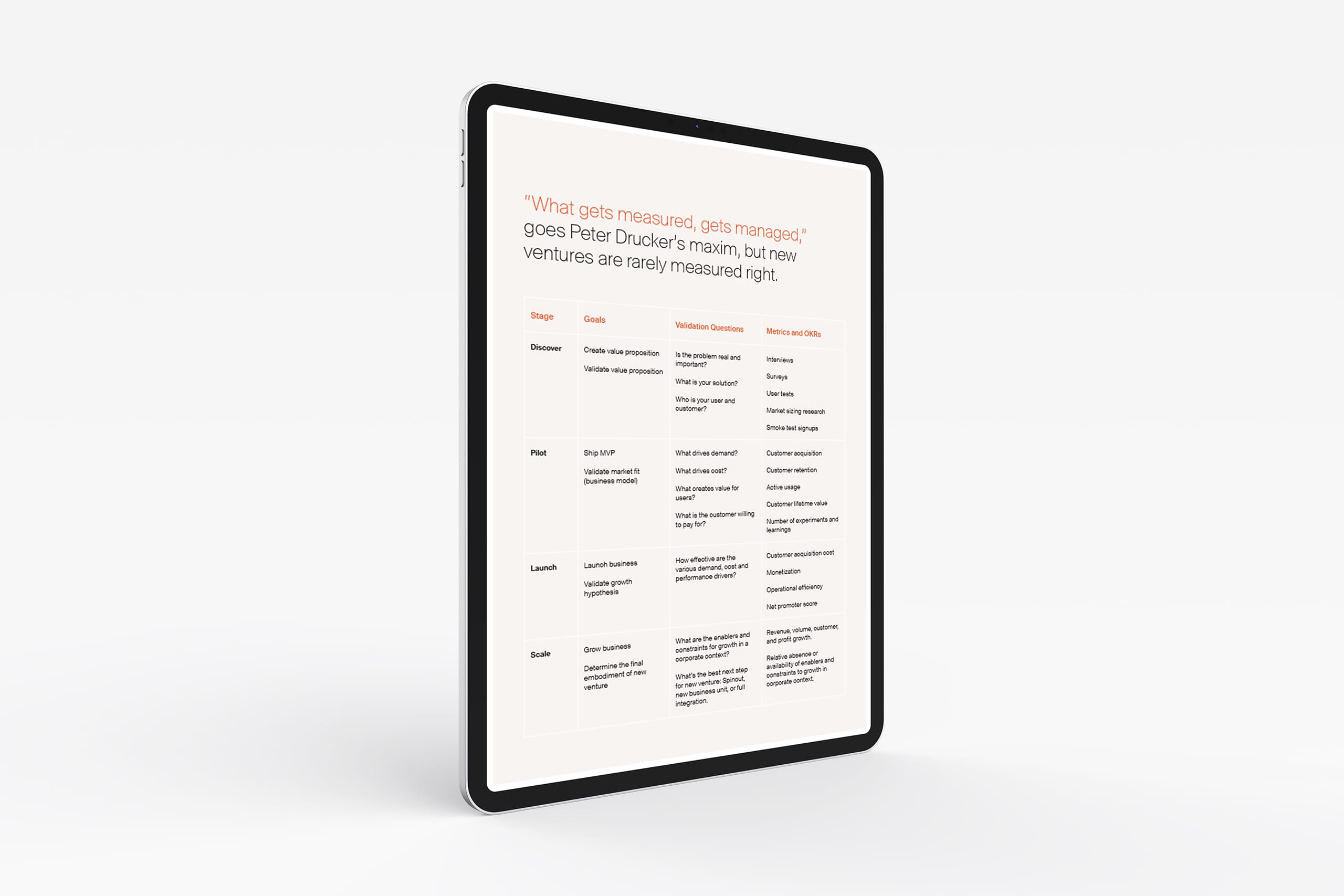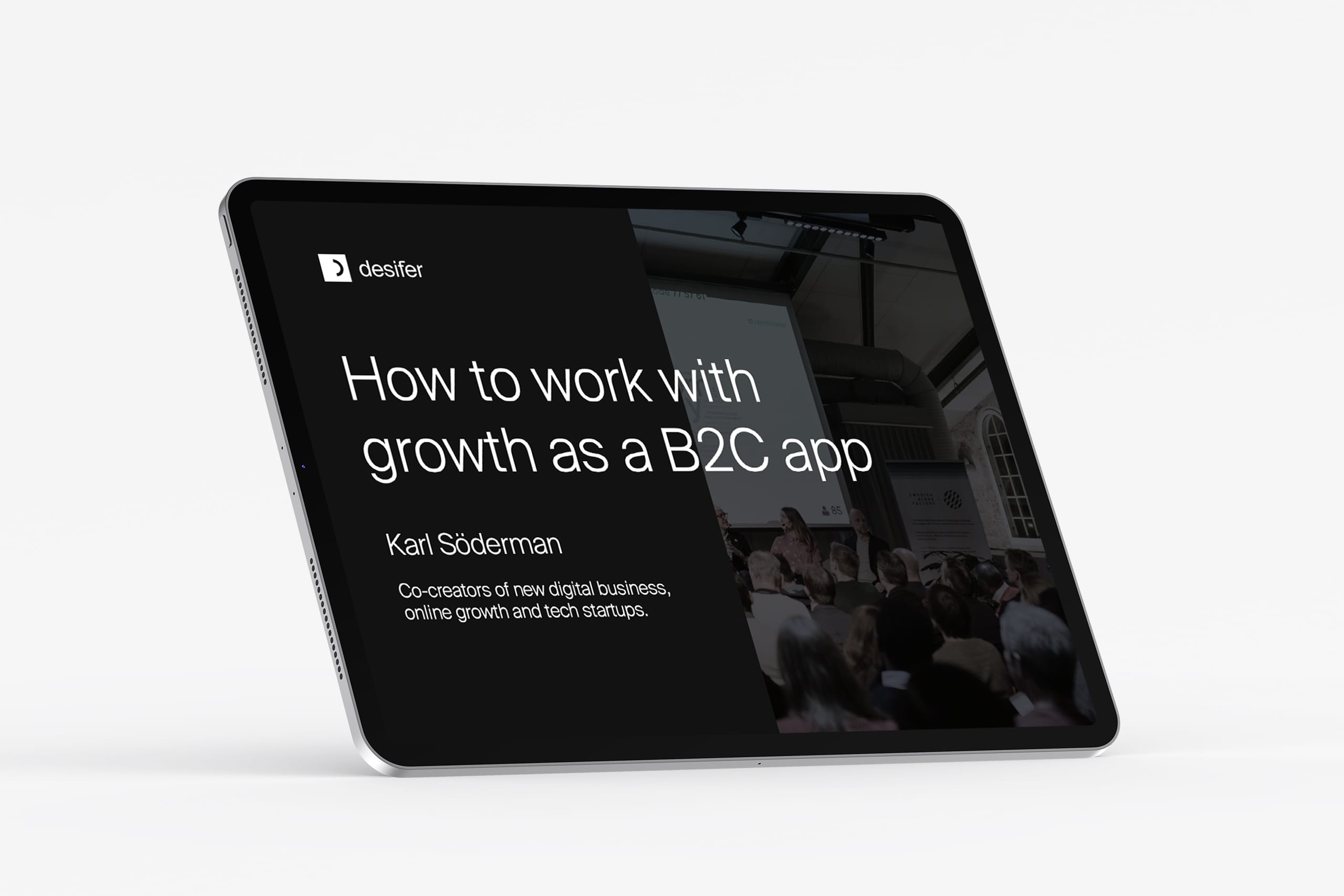Product | Technology
Written by Joel Sunnehall
March 20, 2024
Navigating the AI landscape: Insights from Sana Labs’ Lars Ericsson on innovation and challenges
Tell us about yourself: what’s your background and what do you do today?
I’ve always been captivated by the potential of new technologies and their ability to solve complex problems in innovative ways. Currently, I’m channeling this passion at Sana Labs, where we’re dedicated to leveraging cutting-edge technologies to empower customized learning within organizations. My role involves exploring new technological frontiers and integrating them into our solutions. I’m driven by the belief that to truly understand and harness new technologies, we must go beyond theory and experiment with it in practice.

Lars Ericsson, Sana Labs.
How is Sana Labs using Gen AI in its products today, as well as in its internal processes?
We essentially have two categories of products. The first is our original learning platform, designed to redefine the standards of personalized learning, where AI has been a fundamental and essential component from the very start. We use it both in the generative aspect of content creation and as part of underlying functionality. However, using AI has never been a goal in itself; it has simply been the best tool for solving the problems we are working on.
Our second offering, Sana AI, stands out as a more straightforward AI-product, designed to unlock and democratize a company’s internal knowledge, making it readily available to all employees. Sana AI not only streamlines tasks that are typically time-consuming and might be less engaging but also targets critical areas a business needs to address. For instance, Sana AI is adept at identifying knowledge gaps within a business—issues that are currently unaddressed—and then assisting in resolving them and enhancing overall quality.
Internally, we utilize a variety of common productivity tools that are widely used across many firms today. This includes leveraging AI for tasks ranging from coding with tools like GitHub Copilot to refining product designs and prototypes. We also adopt a ‘dogfooding’ approach, using our own AI-enhanced products daily to streamline processes and improve productivity. We are probably the heaviest users of both our learning product and Sana AI.
What are three main challenges (related to AI) you have today?
One significant challenge we face is determining the appropriate user interface design for this type of technology. Current AI products often feature similar chat-based interfaces; these may be sufficient for some use cases but do not always provide the best experience for repeated interactions. We’re exploring alternative, more proactive delivery methods. This presents a substantial challenge for everyone developing AI tools, both from a design perspective and a technical standpoint. However, I anticipate significant innovations in this area in the near future.
Another hurdle relates to effectively managing Retrieval Augmented Generation (RAG) – referencing knowledge bases outside of Large Language Models (LLM) training data (such as companies’ internal documentation) to ensure the model provides contextually relevant and accurate responses. Although, as the LLMs evolve, they are handling larger context windows more efficiently and its ability to find the relevant information improves significantly. As a result, the challenge of selecting the right data in the RAG process becomes less critical. There is still a trade off though, between developing a good RAG process (selecting the right data) which leads to better performance and lower cost, and simply feeding more data into the LLM’s context window which can improve the quality of the output. Successfully navigating these trade-offs is key to developing generative AI products.
Lastly, guaranteeing the reliability and truthfulness of AI-generated content, especially in regulated industries, is a constant battle. At its core, this involves validating the data used to construct the model and its resulting output. Developing a system for validating and deprecating data is something that we put a lot of emphasis on at the moment.
What’s coming? What new technologies are you watching or experimenting with?
We are closely experimenting and monitoring developments in autonomous agents and AI’s capability of performing complex actions and handling multimodal inputs and outputs. The potential for AI to transition from simply generating outputs to taking actions and performing multi-step tasks is particularly intriguing. We’re exploring how these advancements can be harnessed to solve more complex, real-world problems and how to integrate it into our products. By effectively leveraging this technology, we can enhance administrative interfaces and automate processes to provide more holistic, seamless products.
As an AI-driven product company targeting corporations, what’s your view on what corporations should do to capture AI opportunities?
Corporations must approach AI with a mindset of experimentation and openness. It’s essential to understand the capabilities and limitations of AI technologies and to select tools that employees are actually willing to use. Encourage a broad spectrum of employees across teams to experiment with various AI tools and technologies to learn what works best, and consolidate afterwards. This approach is far more effective than attempting to adopt one, comprehensive tool designed to address all challenges within the business.
I would also advise companies to extend their focus beyond merely chasing efficiency. AI should be viewed as a means to enhance core capabilities and solve genuine problems, rather than just as a tool for reducing costs. While automating routine tasks can indeed free up resources for higher-value activities, AI’s true value lies in its capacity to enable solutions previously out of human reach. We should leverage AI to develop innovative solutions, revolutionize traditional practices, and adopt new perspectives in problem-solving.
Furthermore, I advise against the temptation to build bespoke AI solutions for non-core activities. It’s easy to underestimate the complexity and ongoing maintenance required for building high quality AI products that keep up with industry standards. Unless you have a very niche problem, opting for an existing solution will be more advantageous than constructing bespoke ones. Corporations should focus on identifying and integrating proven AI solutions that can amplify their core business strengths and address real needs.
This conversation was recorded and transcribed by the Sana AI agent.









































































